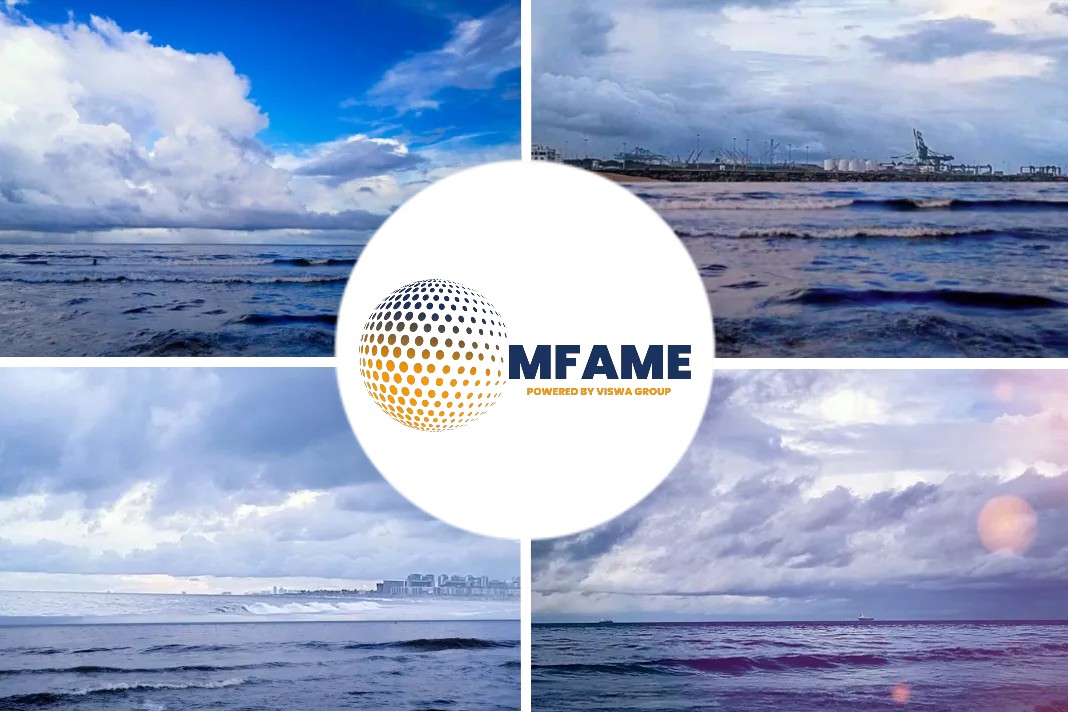Unlike ship motions such as pitch, roll, and heave, which most masters can estimate accurately, synchronous and parametric rolling events can catch even the most experienced captain by surprise. They are often difficult to predict, and when they occur, they are notoriously difficult to control.
To help captains mitigate the risks of resonant rolling and container losses, StormGeo recently partnered with DNV to offer anti-roll assistance and provide seakeeping information to onboard vessel crews at the voyage planning stage, reads an official release.
DNV Anti-Roll Assist application
Through close collaboration, StormGeo recently implemented DNV’s Anti-Roll Assist application in its digital onboard platform, s-Planner.
DNV’s Anti-Roll Assist application allows captains to recognize and avoid synchronous or parametric rolling risks before they become a threat. The app delivers accurate, reliable, and up-to-the-minute visualized guidance and can be used both onboard and onshore. It draws a clear picture of the risk situation and guides captains on actions to avoid excessive rolling-induced container loss.
By integrating DNV’s application with s-Planner, StormGeo can now provide excessive rolling alerts directly to captains through an advanced, digital onboard tool. As a welcome addition to the many features of s-Planner, the excessive rolling alerts efficiently notify the captain of any potential rolling risks and help them take proper action to mitigate any threats to the vessel, crew, and cargo.
Predictions for “lashing load”
The newest addition to s-Planner allows captains to input speed and loading conditions, such as drafts and GM, and get predictions for “lashing load” for all positions and times along the planned route from forecasted weather data. The “lashing load” is the transverse acceleration acting on the cargo.
Captains can easily visualize the predictions directly on the route using a traffic light scheme based on rolling risks for the route. Furthermore, in the WP Table of the application, the captain can see the traffic light for each waypoint on the route.
Polar diagram visualizes load on the lashing system
Finally, a Polar diagram visualizes the load on the lashing system, where the captain can scroll through the route to view predictions for each waypoint.
The vessel position and heading are also displayed on the diagram, making it easy for the captain to analyze the situation and take precautions, such as changing course or speed or adjusting the planned route to avoid dangerous areas. The maximum attainable speed can also be displayed on top of the polar diagram to indicate the limitation of increased speed changes.
In addition to the Excessive Rolling Alerts, s-Planner provides weather insights, route optimization, digital chart ordering, multiple data layers, and navigational warnings to onboard and onshore teams.
Read more about s-Planner here.
Did you subscribe to our daily Newsletter?
It’s Free! Click here to Subscribe
Source: StormGeo






















